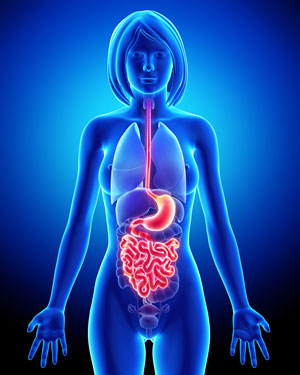EGD
 If you experience heartburn, stomach pain or other digestive discomfort, your medical provider may recommend you have an EGD performed.
If you experience heartburn, stomach pain or other digestive discomfort, your medical provider may recommend you have an EGD performed.
EGD (esophagogastroduodenoscopy), also known as an upper endoscopy or gastroscopy, is a procedure in which a surgeon uses a thin scope with a light and camera at its tip to look inside the upper digestive tract, including the esophagus, stomach, and first part of the small intestine (duodenum). The scope is guided through the mouth and throat and then into the esophagus, stomach and small intestine while under sedation.
EGD is a same-day surgical procedure and is commonly used to diagnose the causes of:
- Abdominal or chest pain
- Nausea and vomiting
- Heartburn
- Bleeding
- Swallowing problems
- Identify inflammation, ulcers and tumors
Surgeons can also treat abnormalities during an EGD, such as:
- Removing stomach polyps
- Taking biopsies for tissue analysis
- Widening narrowed areas of the esophagus, stomach or small intestine
- Removing objects stuck in the esophagus or stomach
- Treating bleeding

